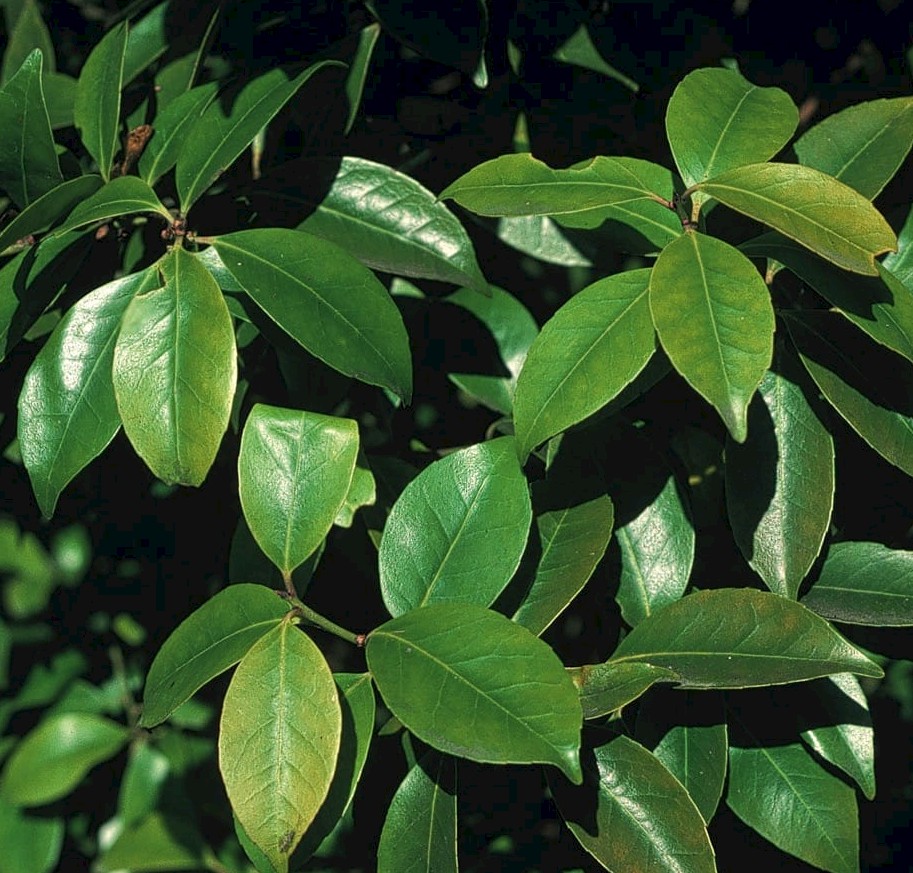Ilex buergeri
Credits
Article from New Trees by John Grimshaw & Ross Bayton
Recommended citation
'Ilex buergeri' from the website Trees and Shrubs Online (treesandshrubsonline.
Genus
Other taxa in genus
- Ilex × altaclarensis
- Ilex aquifolium
- Ilex bioritsensis
- Ilex cassine
- Ilex ciliospinosa
- Ilex corallina
- Ilex cornuta
- Ilex crenata
- Ilex cyrtura
- Ilex decidua
- Ilex dipyrena
- Ilex fargesii
- Ilex forrestii
- Ilex geniculata
- Ilex glabra
- Ilex hayatana
- Ilex hookeri
- Ilex integra
- Ilex intricata
- Ilex kingiana
- Ilex laevigata
- Ilex latifolia
- Ilex linii
- Ilex macrocarpa
- Ilex melanotricha
- Ilex mitis
- Ilex montana
- Ilex nothofagifolia
- Ilex opaca
- Ilex pedunculosa
- Ilex perado
- Ilex pernyi
- Ilex purpurea
- Ilex rotunda
- Ilex rubra
- Ilex rugosa
- Ilex serrata
- Ilex shennongjiaensis
- Ilex spinigera
- Ilex verticillata
- Ilex vomitoria
- Ilex yunnanensis
Shrub or tree 7–15 m, c.0.3 m dbh; crown densely branched. Branchlets pubescent with smooth, greyish bark. Leaves evergreen, pink when young, 4–8 × 1.5–3 cm, ovate to oblong, thin and leathery, upper surface lustrous dark green with a prominent midrib, lower surface dull, five to seven secondary veins on each side of the midrib, margins irregularly serrate, apex obtuse; petiole slender, pubescent, 0.4–1.2 cm long. Inflorescences axillary, fasciculate. Flowers yellowish green, fragrant, 4-merous and 0.6 cm diameter; staminate flowers with stamens longer than the petals. Fruit fleshy, globose, red and 0.5–0.6 cm diameter, with four pyrenes. Flowering April to June, fruiting October to November (China). Ohwi 1965, Galle 1997, Chen et al. 2006. Distribution CHINA: southern Anhui, Fujian, Guangdong, Guangxi, Hubei, Hunan, Jiangxi, Zhejiang; JAPAN: Honshu, Kyushu, Shikoku. Habitat Evergreen broadleaved forests between 100 and 700 m asl. USDA Hardiness Zone 9. Conservation status Not evaluated. Illustration Hayashi et al. 1985, Andrews 1997; NT396.
Ilex buergeri var. buergeri is rare in cultivation, possibly due to being deemed tender in our area, while I. buergeri var. rolfei (Elmer) Loes. of the Philippines is certainly not hardy and probably not in cultivation. Var. buergeri is available commercially in the southeastern United States and is found in a few arboreta and private gardens south of Washington DC, including the JC Raulston Arboretum, where a tree planted in 2001 had reached 2.5 m in 2004 (JC Raulston Arboretum database). Susyn Andrews (pers. comm. 2007) reports having seen a densely foliaged 6 m specimen in the garden of B.M. Bauers at Mann’s Harbour, North Carolina in 1994, from seed distributed by the US National Arboretum. It seems to be scarce in the western states, but there was a male clone at the Washington Park Arboretum, growing there from 1964 when it was obtained from the Morris Arboretum (Omar 1994). Randall Hitchin (pers. comm. 2007) has supplied more details: ‘We had four plants of Ilex buergeri, from a single, clonal (male) accession. These appear to have been hardy and grew well, albeit slowly. At ~40 years of age, they were somewhere around 8–12 high [2.4–3.6 m] – more of a large shrub. I suspect that they might be stronger growers with more summer heat and rainfall. Sadly, we no longer have them as they were cut to the ground by homeless persons to make a brush shelter and the re-propagated plants did not establish.’ Now we know why hollies evolved spines …

